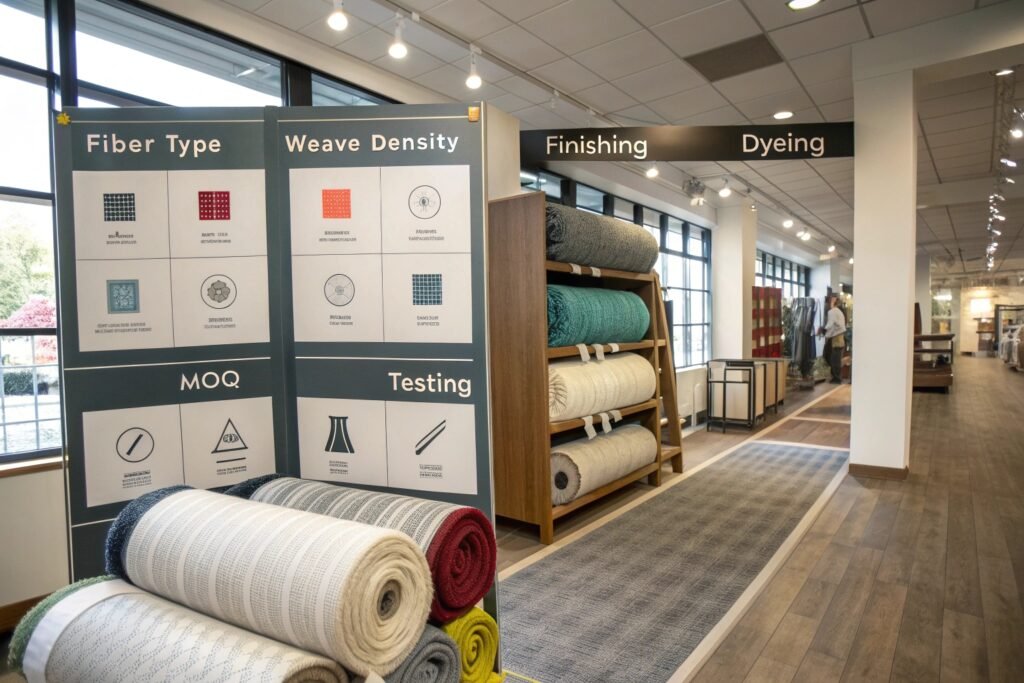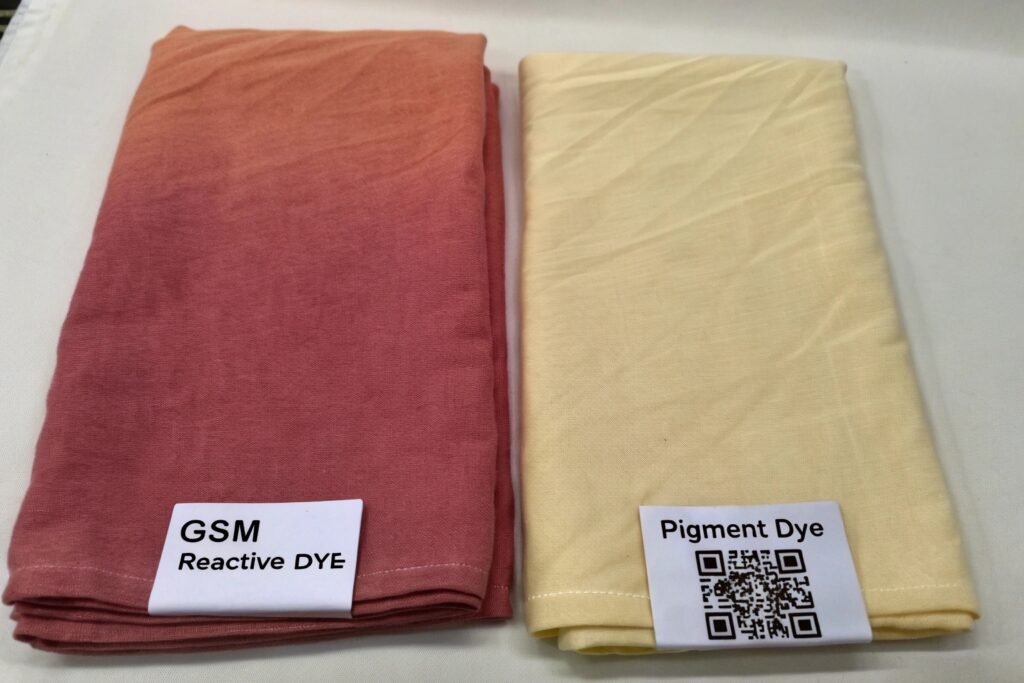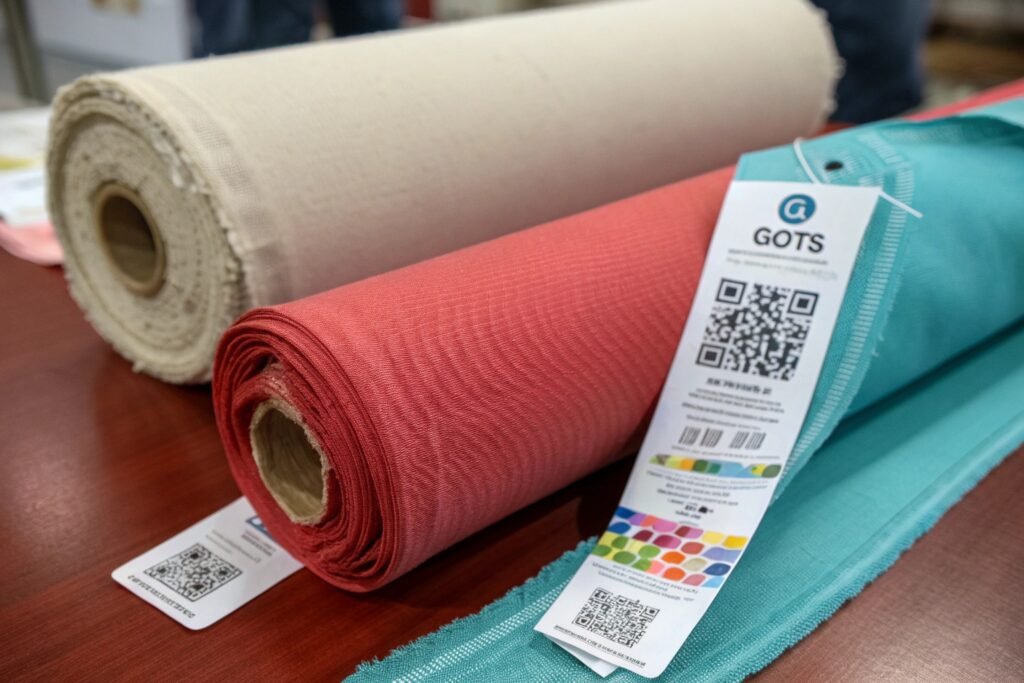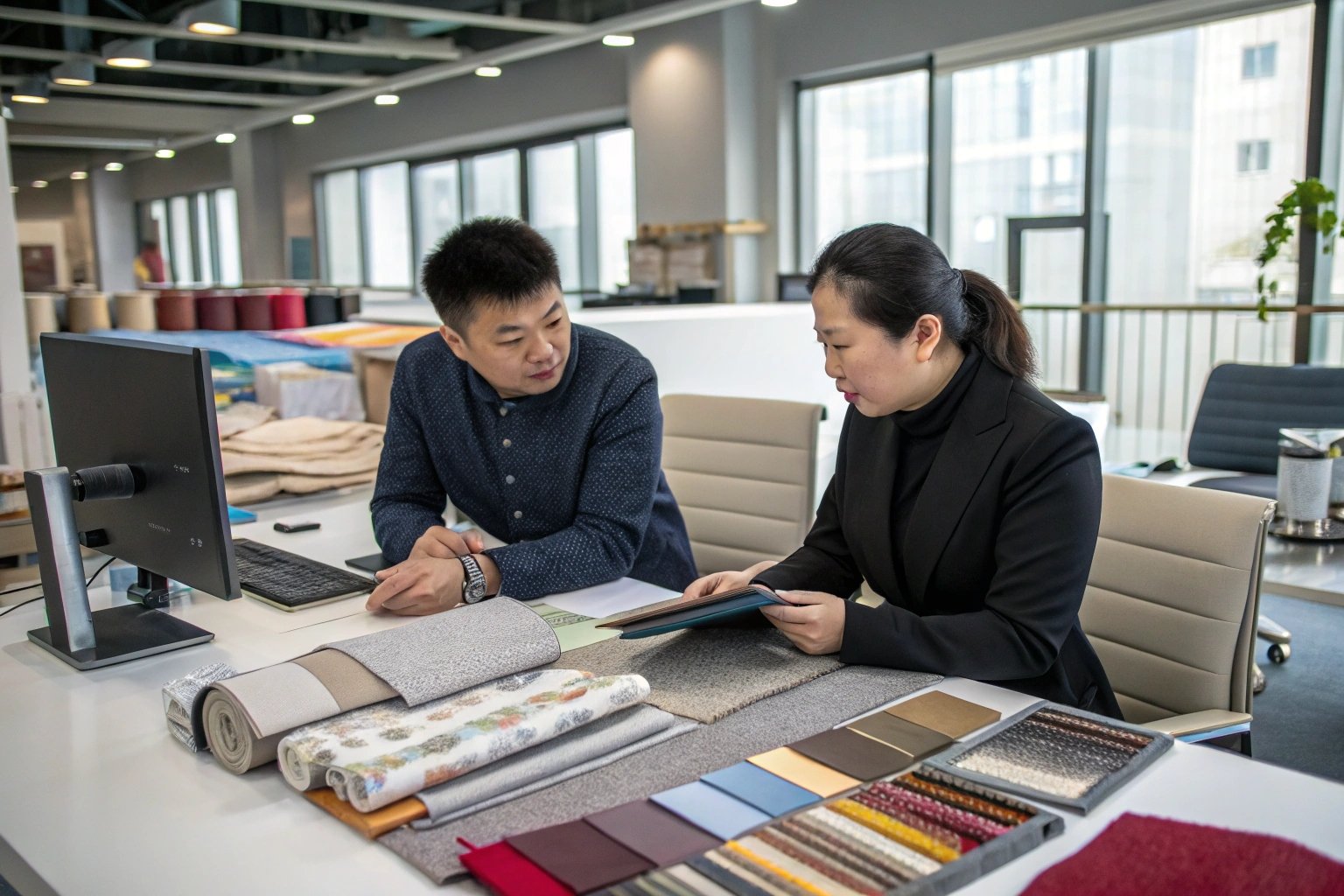Many buyers—especially those new to sourcing from Asia—assume that lower prices mean lower quality. But that’s not always the case. As the owner of a fabric manufacturing company in Keqiao, I’ve worked with hundreds of global buyers who want premium results while staying under budget.
You can absolutely negotiate fabric prices without sacrificing quality, if you understand cost drivers, communicate clearly, and partner with transparent suppliers.
Let’s explore exactly how to strike the right balance between price and performance when sourcing fabrics for fashion, kidswear, or functional apparel.
What Factors Affect Fabric Pricing Most?
Every buyer wants “best quality at lowest cost.” But to negotiate well, you first need to understand what builds up a fabric’s price from the factory side.
The main cost drivers for fabrics include raw material type, yarn quality, weave or knit structure, dyeing and finishing techniques, certification requirements, and order volume.

What Impacts Fabric Prices the Most?
| Cost Factor | Price Impact | Explanation |
|---|---|---|
| Fiber Type | High | Natural (cotton, silk) vs synthetic (poly) vs eco (bamboo, Tencel) |
| Yarn Count | Medium–High | Finer yarns = smoother texture but higher cost |
| Weave/Knit Density | Medium | Tighter = heavier = more yarn used |
| Dyeing & Printing | High | Reactive dyes, digital prints cost more |
| Special Finishing | Medium–High | Coatings (PU, FR) or brushing adds value |
| Certifications | High | GOTS, OEKO-TEX need tested and compliant production |
| Order Volume (MOQ) | Very High | Larger orders cut unit costs via efficiency |
Can You Choose Cheaper Alternatives Without Downgrading?
Yes. For instance, switching from combed cotton to carded cotton lowers cost with minimal feel difference. Or choosing pigment dye over reactive in children’s casualwear helps control pricing while maintaining visual impact.
How to Communicate Price Targets Without Offending?
One of the biggest fears for new buyers is coming off too aggressive or disrespectful when discussing price. But in reality, honest and polite negotiation is expected—especially in China.
The key is transparency, cultural respect, and showing you're invested in a win-win outcome. Give clear product specs and quality goals upfront, then present your price expectations based on market research or past experience.

What Phrases Work Better Than “Too Expensive”?
Instead of saying:
-
“That’s too high,” try:
“We love the quality, but our target is $X. Could you recommend adjustments?” -
“Can you give me your best price?” try:
“If we reorder regularly, could we lock in a preferred rate?”
Showing flexibility and long-term thinking gets better responses than simply haggling.
What Do Suppliers Appreciate in a Buyer?
- Clarity in spec (GSM, width, finish)
- Volume potential, even if batch 1 is small
- Respect for production timelines
- Realistic cost expectations (not 30% below market)
In my experience, buyers who offer fair expectations and firm but respectful targets get the best service, fastest samples, and preferred rates—especially if they promise continuity.
What Parts of Fabric Specs Can Be Adjusted to Save Cost?
If your supplier says a fabric is too expensive for your budget, the conversation isn’t over. The solution often lies in adjusting specifications strategically.
Adjusting fabric specs—like GSM, finish type, yarn quality, or print method—can reduce costs without dramatically impacting the final appearance or feel of your product.

Which Spec Tweaks Save the Most?
- Lower GSM by 5–10%: still functional but uses less material
- Use pigment dye over reactive: cheaper and faster turnaround
- Switch from full-width print to placement print
- Replace high-end elastic with mid-range alternatives
- Use pre-dyed yarn instead of yarn-dye process (for stripes)
In children’s clothing, we often help clients redesign trims, switch to eco-pigment prints, or optimize fabric usage across sizes to reduce waste and lower costs.
What Should Never Be Compromised?
- Safety certifications (especially for babywear)
- Shrinkage, colorfastness, or tear resistance
- Composition honesty (e.g., don’t relabel 60/40 poly-cotton as 100% cotton)
- Eco claims (don’t fake GOTS or OEKO-TEX)
Clients who protect brand integrity even under budget pressure earn long-term consumer trust.
When Is It Better to Pay Slightly More?
Some buyers fall into the trap of squeezing every cent—then paying for it later with returns, bad reviews, or lost clients. Price isn’t everything.
Paying slightly more for verified quality, better shrinkage control, lab-tested safety, or color consistency is often cheaper in the long run. Think total cost—not just unit price.

What Are Hidden Costs of Cheap Fabric?
- Customer complaints about pilling, fading, irritation
- High return rates = refund loss + reshipping cost
- Failed QC tests at warehouse = shipment delays
- Product recall risk if babywear fails CPSIA standards
I’ve seen buyers save $0.20/meter only to lose $10,000 on remakes and lost retailer deals.
How Can Premium Pricing Be Justified?
We use:
- CNAS lab test reports
- Video walkthroughs of production lines
- Batch QR tracking
- Client testimonials from premium brands
This helps buyers explain cost to their bosses or brand founders with confidence.
Conclusion
You don’t have to choose between low price and high quality—if you know what to ask, where to adjust, and which supplier to trust. At Fumao Fabric, we’ve helped clients from over 100 countries negotiate effectively while getting top-tier textile results.
Whether you’re sourcing technical outerwear fabrics, organic cotton for babywear, or breathable knits for summer collections, remember this: negotiation isn’t a battle—it’s a collaboration. And when both sides aim for value, everyone wins.










